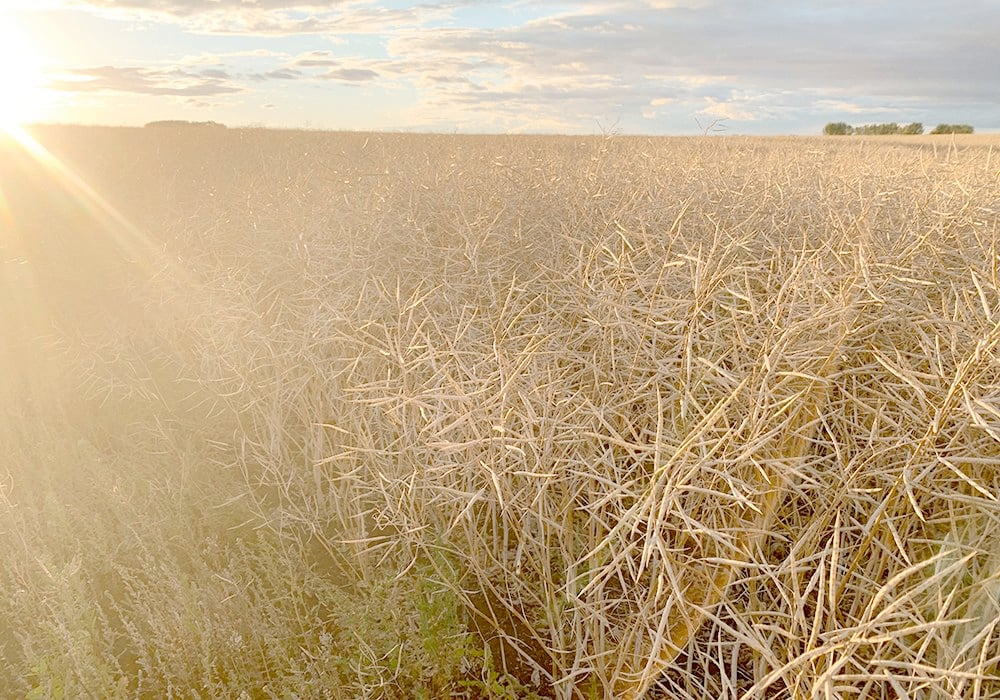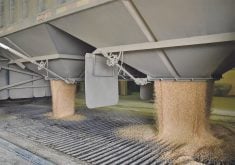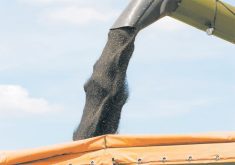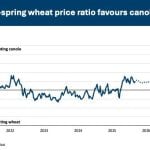According to the calendar, spring has officially arrived. As we head into another growing season, a lot of economic parameters have changed.
Most grain prices are lower than last spring with some dramatically lower. Canola, both old crop and new crop, has steadily tumbled lower in recent weeks. When will that bleeding end? Hindsight is always 20-20, but many producers are probably kicking themselves for not taking some price protection on new crop.
This is the time of year when fertilizer prices traditionally ratchet higher. Not this year. Nitrogen prices that were in the stratosphere last fall have steadily declined. Prices are still high, but fertilizer is much more affordable than a few months ago. Prices of some major crop protection inputs, such as glyphosate, have also declined.
Read Also

Invigor Gold variety viewed as threat to condiment mustard
Invigor Gold, the canola-quality mustard developed by BASF, is on a collision course with Canada’s condiment mustard industry. It’s difficult to see how the two can co-exist.
Nitrogen prices could start trending higher as seeding outfits start to roll, but any increase will likely be modest compared to how much values have declined. Analysts say a record warm winter in Europe that cut natural gas demand and therefore prices is a big part of the reason nitrogen has become more affordable.
A big change for 2023 is that money is no longer cheap. Interest rates sitting at rock-bottom levels for many years have moved significantly higher. Uptake in the cash advance program should be brisk, particularly since the $250,000 interest-free portion is set to drop back to $100,000.
Many producers who are good at shopping for the best prices on inputs neglect to structure their credit in ways that reduce interest expenses. This has become more important in today’s higher interest rate environment.
Prices this spring are dramatically higher on all classes of beef cattle. No one can predict the future with certainty, but this appears to be a profitable year for cow-calf producers. After years of toiling for a fraction of the returns enjoyed on grainland, hopefully cattle producers can make some good money.
For Saskatchewan farms earning most of their income from beef cattle, the 2021 Census of Agriculture shows 42 percent had total operating revenues under $50,000. Those with total operating revenues between $50,000 and $250,000 accounted for 38 percent of the beef farms.
On the other hand, most beef cattle are on farms with total revenue above $250,000. Labour issues, an aging ownership and a lack of scale still plague the industry. Record high calf prices might actually accelerate the consolidation into larger operations.
Perhaps improved returns in the beef sector will slow the conversion of pasture and hay land to annual crops. It’s likely to spur higher prices for pastureland.
Compared to a year ago, supply chain issues have become less worrisome. Either that or we’ve just become more accustomed to planning ahead. One area of potential concern is truckers. Trucking capacity for grain and fertilizer is being strained by labour issues and the recent implementation of electronic driving logging.
Through the winter, we’ve seen and heard many grain and fertilizer price predictions. Market analysts are adept at delineating the various market factors. They have much less success in accurately predicting where prices will end up.
The same goes for medium-term weather forecasts. Weather patterns are painted with a broad brush with a limited confidence on accuracy.
After recent years, we need to stay alert and watch for emerging trends and we need to be prepared for the unexpected.
Kevin Hursh is an agricultural journalist, consultant and farmer. He can be reached by e-mail at kevin@hursh.ca.
















